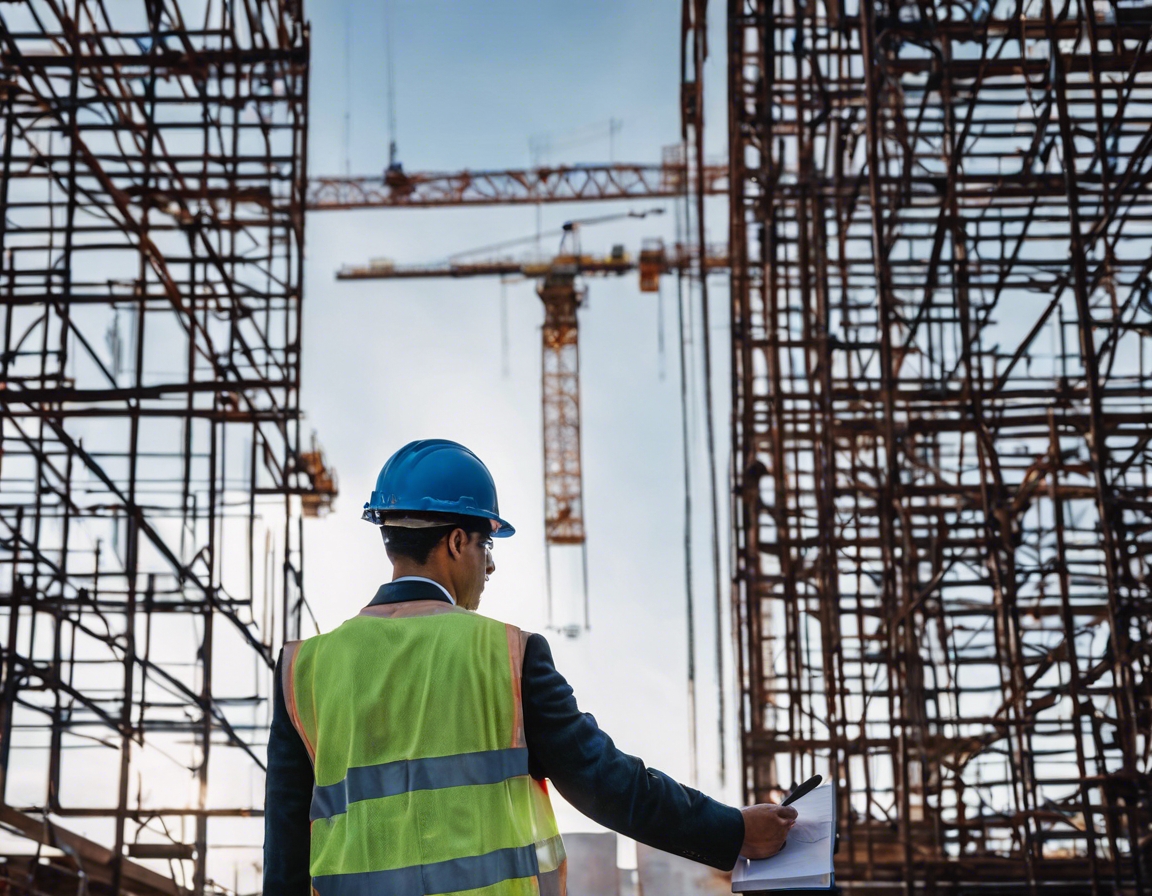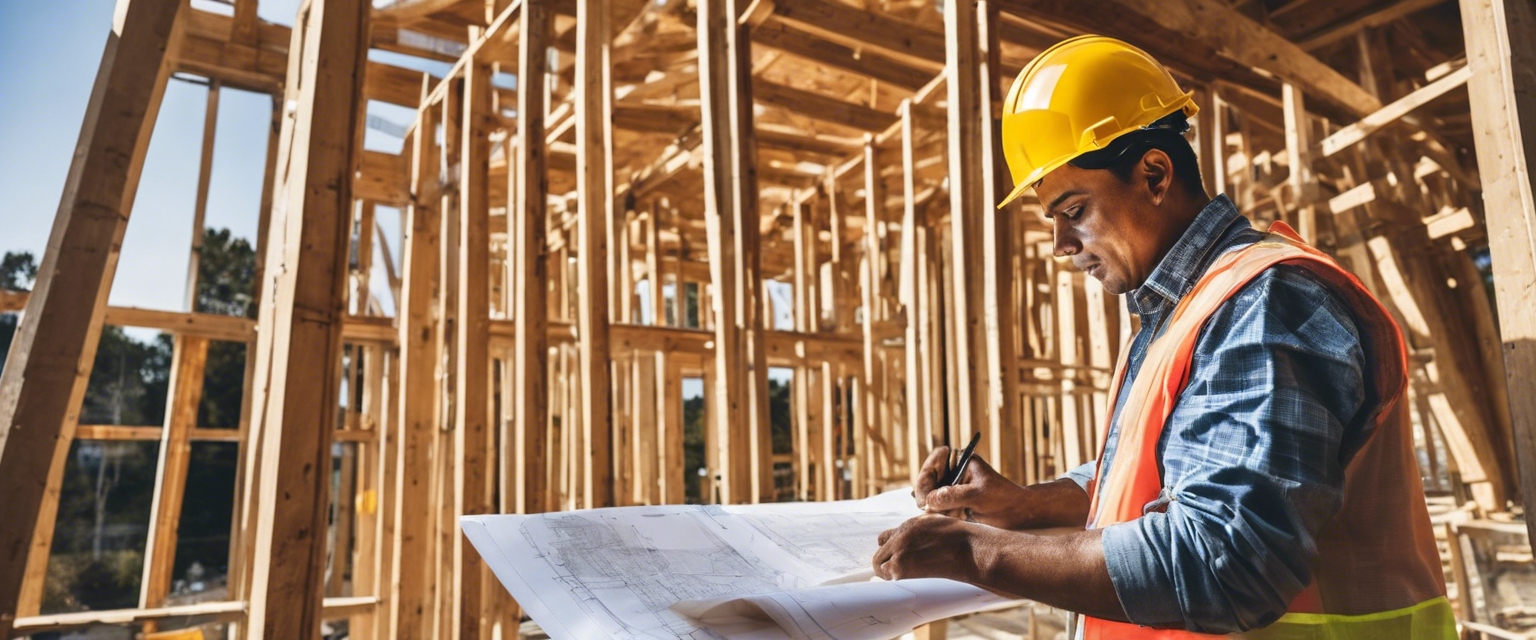The importance of sustainable materials in modern building
Sustainable building materials are those that are sourced, processed, and utilized in ways that significantly reduce their impact on the environment. They are designed to minimize waste, reduce energy consumption, and preserve natural resources, while also ensuring efficiency and durability in construction.
The construction industry is a major contributor to environmental degradation, making the shift to sustainable materials not just a trend, but a necessity. By choosing sustainable options, developers and builders can significantly lower carbon footprints, conserve resources, and contribute to a healthier planet.
The Benefits of Using Sustainable Materials
Utilizing sustainable materials helps in reducing greenhouse gas emissions, conserving water, and minimizing waste. This leads to a healthier ecosystem and a reduction in the overall environmental impact of building projects.
Although the initial investment may be higher, the long-term savings through energy efficiency, reduced maintenance costs, and increased property values make sustainable materials a smart economic choice.
Materials that are non-toxic, have low volatile organic compound (VOC) emissions, and are resistant to mold and pests can create safer and healthier indoor environments for occupants.
Sustainable materials often come with the added benefit of being more durable and requiring less maintenance over time, which translates to a longer lifespan for the building and less need for repairs and replacements.
Types of Sustainable Building Materials
Materials like bamboo, cork, and reclaimed wood are not only renewable but also biodegradable, offering a low environmental footprint.
Using recycled materials such as steel, glass, and plastic reduces the demand for virgin resources and the energy required to produce new materials.
Advancements in technology have led to the development of materials like self-healing concrete and thermally driven air conditioners, which push the boundaries of sustainability in construction.
Challenges and Considerations in Choosing Sustainable Materials
While the market for sustainable materials is growing, they can still be more expensive and less readily available than traditional materials, posing a challenge for widespread adoption.
Navigating the complex landscape of certifications and regulations can be daunting, but it is crucial for ensuring the sustainability and legitimacy of building materials.
Ensuring that sustainable materials meet the performance standards and are compatible with other building systems is essential for the success of a construction project.
Best Practices for Incorporating Sustainable Materials
Conducting a thorough assessment of the environmental impact of materials and planning for their use is the first step in a sustainable building project.
Working closely with suppliers and sustainability experts can help in sourcing the right materials and implementing them effectively.
Life cycle analysis helps in understanding the long-term implications of using certain materials, from extraction to disposal, ensuring a truly sustainable approach.
Spreading awareness and advocating for sustainable practices is key to driving change in the industry and encouraging more sustainable building projects.






Comments (0)